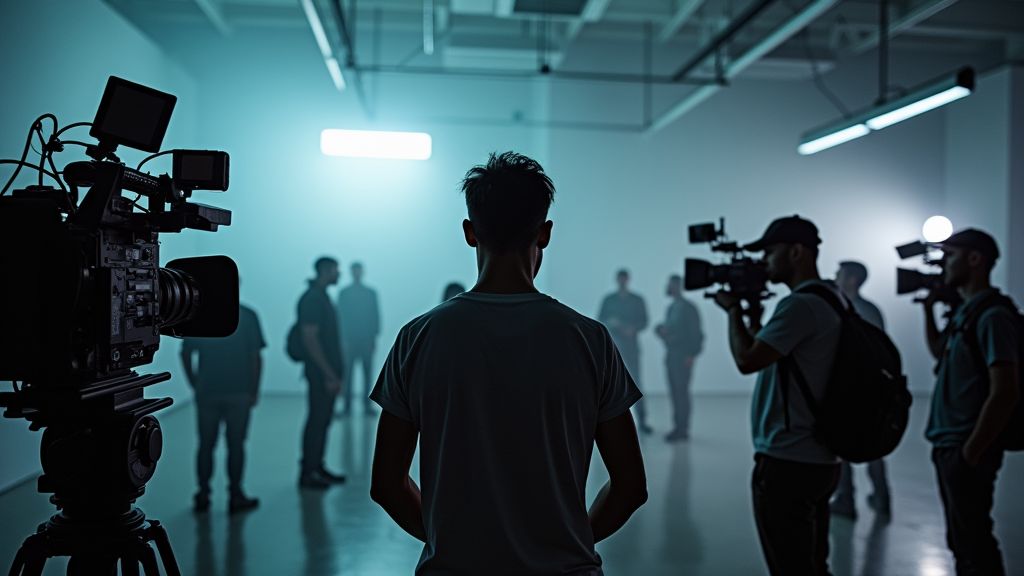In a world where creativity meets technology, the art of storytelling in film has evolved at an unprecedented pace. This transformation has crafted a new era of cinema that is both captivating and innovative, blending traditional narratives with groundbreaking technology. Here's a deep dive into how filmmakers are harnessing this new wave to create magic on-screen.

Lights, Camera, Innovation!
The age of digital cinema has ushered in boundless opportunities for filmmakers, with directors like Ethan Tallis and visionaries such as Gia Montero at the forefront. Modern directors are not only masters of their craft but also pioneers who embrace the latest advancements in technology. High-definition cameras, drone shots, and state-of-the-art CGI have become staple tools in the filmmaker's toolkit, allowing them to push the boundaries of what's possible in cinematic storytelling.
The Rise of Interactive Storytelling
Interactive cinema represents perhaps the most significant shift in audience engagement since the advent of the talkies. Enthusiasts like Zara Holt and Finn McCallister are experimenting with formats that invite viewers to influence the storyline, creating a dynamic relationship between the audience and the screen. This level of immersion was unthinkable in the golden age of Hollywood, but today it's paving the way for a participatory cinematic experience that makes each viewing unique.
Visual Effects: Crafting New Realities
In today's blockbusters, visual effects have transcended mere spectacle to become integral to storytelling. Artists like Liam Redwood and Simona Yeung are crafting entire worlds, character arcs, and emotions using intricate digital effects. The marriage of narrative and technology not only enhances believability but also expands the scope of storytelling by bringing the impossible to life, offering viewers an escape into limitless imaginary worlds.
Diverse Voices, Diverse Stories
Amidst the technological advancements, an equally important evolution in film is the broadening spectrum of voices being heard. Directors like Priya Chan and Rafael Kane bring fresh narrative perspectives that resonate with global audiences. This diversity enriches the tapestry of modern storytelling, diversifying the cinematic landscape with stories that reflect a wide array of cultures, experiences, and worldviews. Such inclusivity not only adds depth and authenticity but also fosters empathy and understanding across different audiences.
The Future of Filmmaking
Looking ahead, the possibilities for storytelling in film are limitless. With artificial intelligence and machine learning beginning to play roles in script development and editing, the boundary between technology and creativity continues to blur. Pioneers like Olivia Stone and Theo Ramirez are already exploring virtual and augmented reality as the next frontier, hinting at immersive films that could redefine the viewing experience altogether. As technology evolves, so too does our capacity to craft and share narratives that captivate, entertain, and inspire.